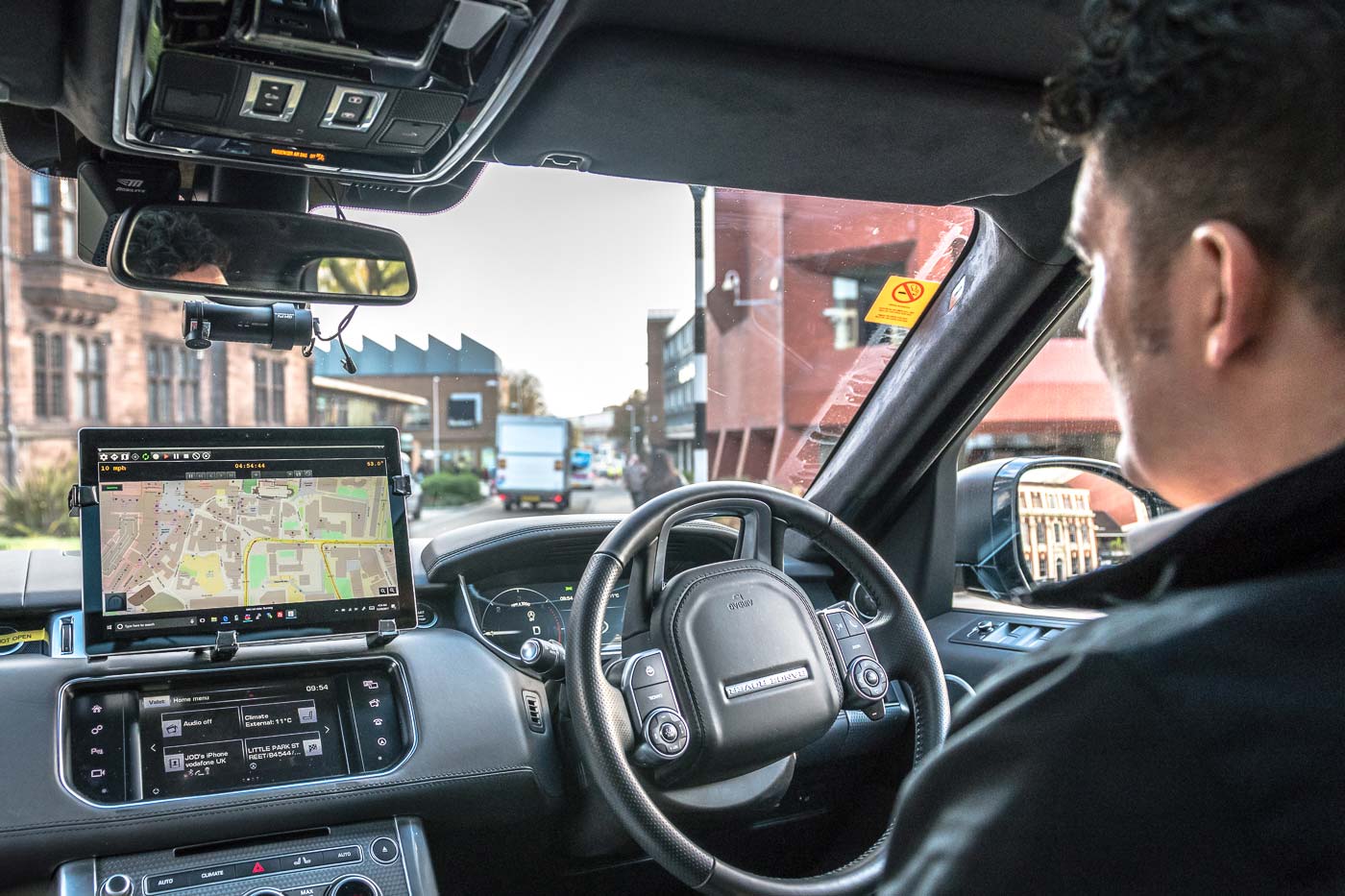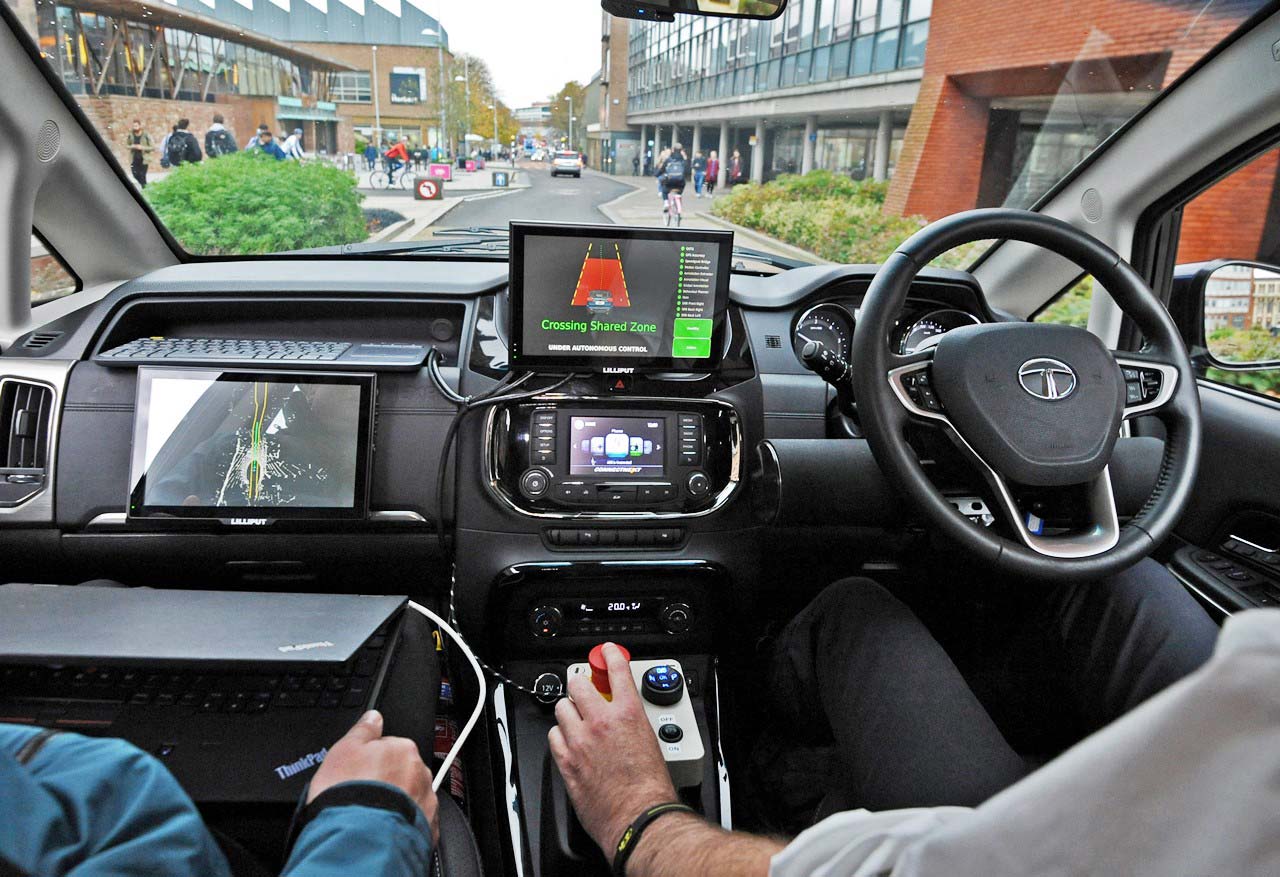Jaguar Land Rover, Ford and Tata Motors European Technical Centre (TMETC) have come forward for the UK Autodrive project – a government-backed competition to support the introduction of self-driving vehicles into the UK.

The companies have begun to collaboratively trial a number of connected car features in the city’s public roads, with Jaguar Land Rover and TMETC also separately trialling their autonomous vehicle research technologies.
The connected car trials are exploring the benefits of having cars that can “talk” to each other and their surroundings – with connected traffic lights, emergency vehicle warnings and emergency braking alerts among the technologies being trialled.

The Jaguar Land Rover and TMETC autonomous vehicle research technology trials are being used to develop self-driving vehicle technology in a real-world setting, but with highly trained test operators supervising the cars at all times.
Further trials are scheduled to take place in Coventry and Milton Keynes early next year followed by a final series of open road demonstration events in both cities during the second half of 2018.
As well as the on-road testing of connected and autonomous cars in Milton Keynes and Coventry, UK Autodrive is also trialling a fleet of up to 40 self-driving pavement-based ‘pod’ vehicles in Milton Keynes, with both types of vehicle due to take part in the project’s final technology demonstrations next year.
List of connected car features being trialled within the UK Autodrive programme:
Emergency Vehicle Warning (EVW) – Sends a signal directly from the emergency vehicle (e.g. ambulance, fire engine, police vehicle) to nearby connected cars. Driver is informed that the emergency vehicle is approaching and advised to make way for it.
Intersection Collision Warning (ICW) – Warns the driver when it is unsafe to enter an intersection, due to a high probability of collision with other vehicles.
In-Vehicle Signage (IVS) – Sends information about road conditions, congestion or other incidents directly to the in-car display, rather than having to rely on expensive gantry systems.
Electronic Emergency Brake Light (EEBL) – Alerts the driver when a vehicle in front suddenly brakes, providing advanced warning, especially when the driver is unable to see the lights of the braking vehicle due to weather conditions, road layout or other vehicles in between.
Green Light Optimal Speed Advisory (GLOSA) – Sends traffic light information to the connected car which is able to calculate the optimal speed for approaching the lights, potentially minimising the number of red light stops, improving traffic flow and reducing emission levels from idling vehicles.
Intersection Priority Management (IPM) – Assigns priority when two or more connected vehicles come to an intersection without priority signs or traffic lights.
Collaborative Parking – Provides real-time information about free parking spaces either in the vicinity or close to the driver’s final destination.

Leave a Reply
Note: Comments that are unrelated to the post above get automatically filtered into the trash bin.





































